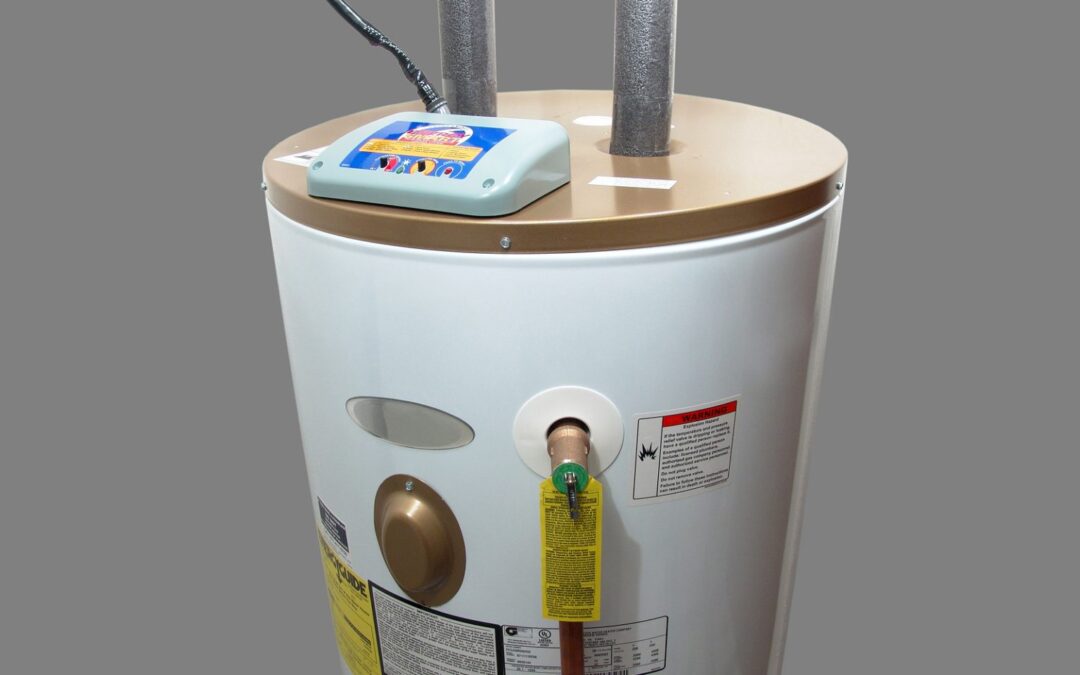As a home or business owner, you undoubtedly have a water heater. Even renters will often have a water heater on site. For this appliance to keep serving you, it needs to be properly maintained. Proper water heater maintenance isn’t exactly common knowledge, though, so we’ve created a handy guide for your water heater’s needs:
General Advice
- Always wear gloves, goggles and other protective clothing while performing maintenance on your water heater. Your safety should be a top priority.
- Tankless heaters also need maintenance once a year to maintain top performance, and can actually last longer than the tanked variety. Here, though, we’ll be talking about water heaters with tanks.
- Keep the air filter clean on your water heater. It’s probably a black mesh ring circling the bottom of your water heater. The filter keeps dust and particulates from getting into the heating system, where they could ignite. Over time, dust builds up on this filter, and reduces air flow, creating a less efficient heater.
- Summer is a great time to do water heater maintenance. This reduces the chances of losing your hot water when the weather is cold and you need in most.
- Your water heater does likely have a motherboard, which can short out. If you can’t identify the problem with your water heater through observation alone, the motherboard will need to be examined by a qualified licensed plumber.
Annual To-Dos
Check Your Pressure Relief Valve
All water heaters have a safety device called a pressure relief valve. In the event the tank becomes over pressurized, the relief valve opens and reduces pressure. If the valve doesn’t operate correctly, the tank can explode due to the increase of water pressure or steam. Be sure it works by doing this:
- Close the shut-off valve on the cold water supply pipe that feeds the water heater.
- If you have an electric heater, turn off the power at the main panel. With a gas heater, turn the gas control dial to “off.” The pilot light will go out.
- Position a bucket to catch water below the outlet leading from the pressure relief valve. The valve is likely near the top of the tank, and the outlet may be at the end of a pipe connected to it.
- Open the handle on the valve. You should hear a slight rush of water and see some water and vapor exit through the end of the pressure relief valve piping. If you don’t, drain the tank and call a plumber. The valve may need replaced.
Flush Your Tank
Sediment and rust buildup shortens the life of your water heater. It also reduces the heater’s efficiency and raises your energy expenses. You can prevent this with annual tank flushing. Follow these steps:
- Close the shut-off valve on the cold water supply pipe that feeds the water heater.
- If you have an electric heater, turn off the power at the main panel. With a gas heater, turn the gas control dial to “off.” The pilot light will go out.
- Then turn on the hot water at any faucet to release pressure inside the tank. Leave the faucet running until you’re done.
- Find the drain valve near the bottom of the tank. Drain the water into a large bucket and let it flow until you no longer see particles entering the bucket. This is usually 2-3 gallons at least. You may hear gurgle or glug sounds as air enters the tank, that’s normal. Caution: The water is scalding hot.
- Close the drain valve and be sure it closes securely.
- To restart the water heater, open the shutoff valve and let the hot water run at any faucet to purge air from the system.
- If you haven’t cleaned your tank’s air filter recently, do it before relighting the pilot light
- Then turn on the power or relight the pilot.
Clean the Air Filter
Cleaning your filter only takes a few minutes and requires no special tools.
- Be sure that the pilot light/gas are off.
- Remove the filter, which is kept in place with a simple catching mechanism. Find the catch mechanism, undo, and remove from your heater’s bottom.
- If you have an air compressor, you can use compressed air to blow away the dust. Otherwise, put your filter on clean ground outside, and and spray it until the water runs clear.
- If you used water to clean your filter, then hang your filter to dry, or dry it the best you can with a lint-free cloth.
- When dry, put your filter back in place and re-secure it. Check on all sides that it’s sitting properly without any gaps that would allow unfiltered air through.
Use this short list to keep your water heater in great working order. After you complete these tasks today or this weekend, mark your calendar for when you should do this again next year. If you have on online calendar, you can even include a link to this article to make it easy.

